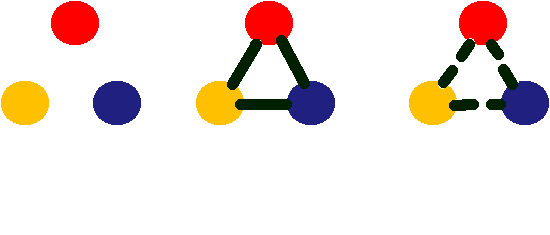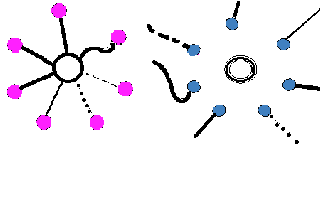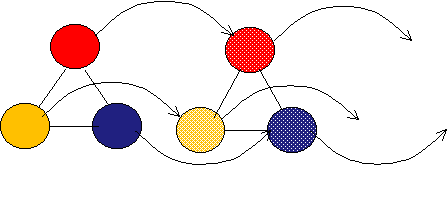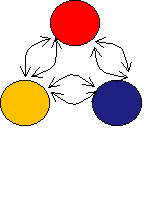Towards an integrative theory of practice
Questions
Proposition and assumptions
Cases and implications
What is a practice?
What are the constituent elements of a practice?
How do practices emerge, exist and die?
1. Practice is a process of integration resulting in a structured arrangement (i.e. resulting in a practice that exists as a recognisable entity).
Assumption a: Elements that are integrated consist of material, image and skill.
Assumption b: We can identify:
Proto-practices (pre-formation)
Practices ((re)formation)
Ex-practices (de-formation)
In which links between elements are not yet formed, formed, and broken.
Making and Breaking links
Nordic Walking as an innovation in practice
Fossilisation
Shove, E. and Pantzar,M.(2006) ‘Fossilisation’, Ethnologia Europaea: Journal of European Ethnology, 35:1-2, 2005, p59-63.

How do practices attract and repel constituent elements (of material,
image and skill)?
How are practitioners attached to practices?
2. To persist and survive, practices have to attract and and activate practitioners and other constituent elements.
Assumption: Human beings and their organizations have a dual role as
activators of practice formations (i.e. as practitioners) and ingredients
in that process (i.e. as elements)
Careers of carriers
Careers of practices
Recruitment and reproduction
Shove, E. and Pantzar, M. (2007) 'Recruitment and reproduction: the careers and carriers of digital photography and floorball' Journal of Human Affairs, 17: 154-167.
Frogger
Manufacturing leisure
How do practices accumulate a) through an individual’s lifecycle, and b) within entire societies? How do individual histories and collective histories interact? How do new integrations generate patterns of path-dependency and/or path-independency?
What happens when practices are linked together into systems of practices?
What happens when systems of practices break down?
What happens when systems of practice interact with others systems of
practice?
How do systems of practices expand and contract?
3. Practices are formed through multiple circuits of reproduction.
Assumption a: Diachronic developments: Successive integrations (i.e.
sequential orders) of materials, images and skills generate new configurations
of irreversiblity and scale.
Disintegrations (breaking links) result in the ‘softening’or
decay of practices and of links between them.
Assumption b: Synchronic developments include emerging forms of inter-dependence,
co-requisite relationships, intermediary practices, supporting practices,
etc.
Historical:
The evolution of the modern
kitchen
Contemporary:
Orchestrating kitchens
Rushing around
Metering everyday life
Restless kitchens


